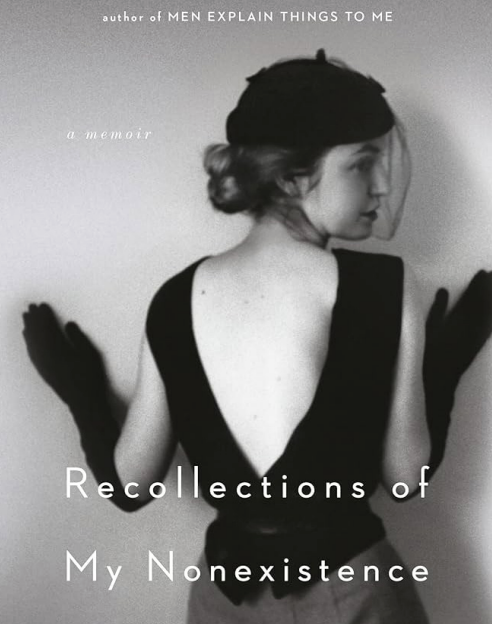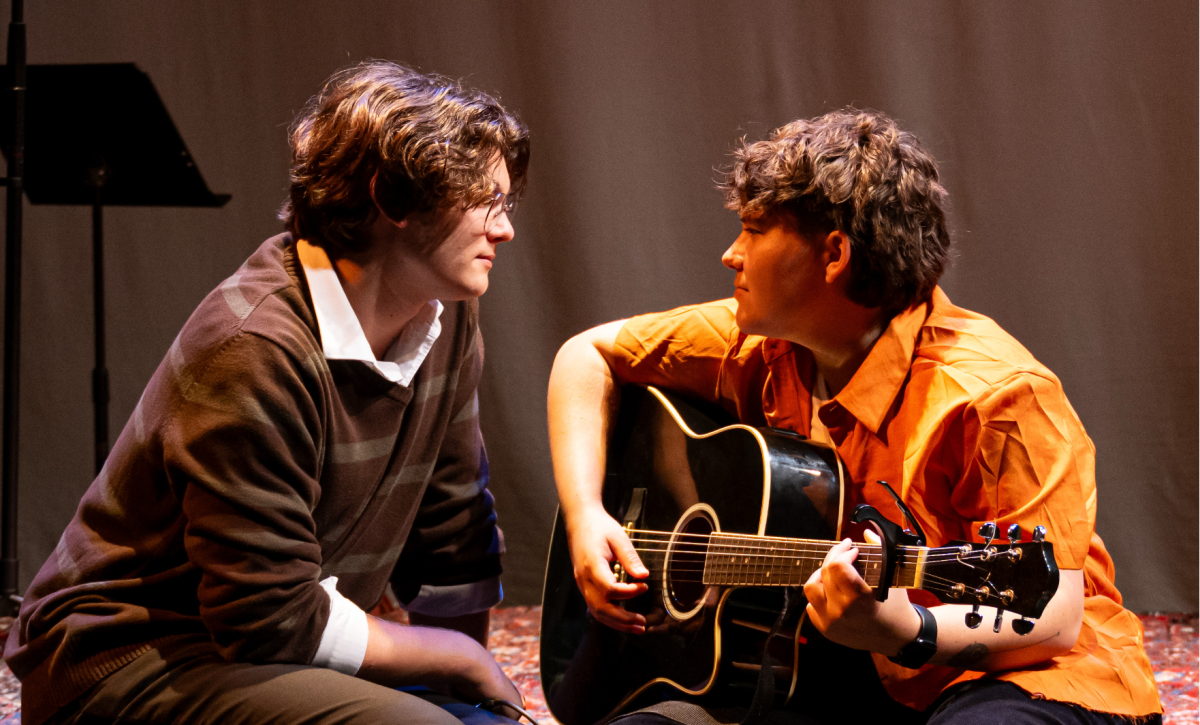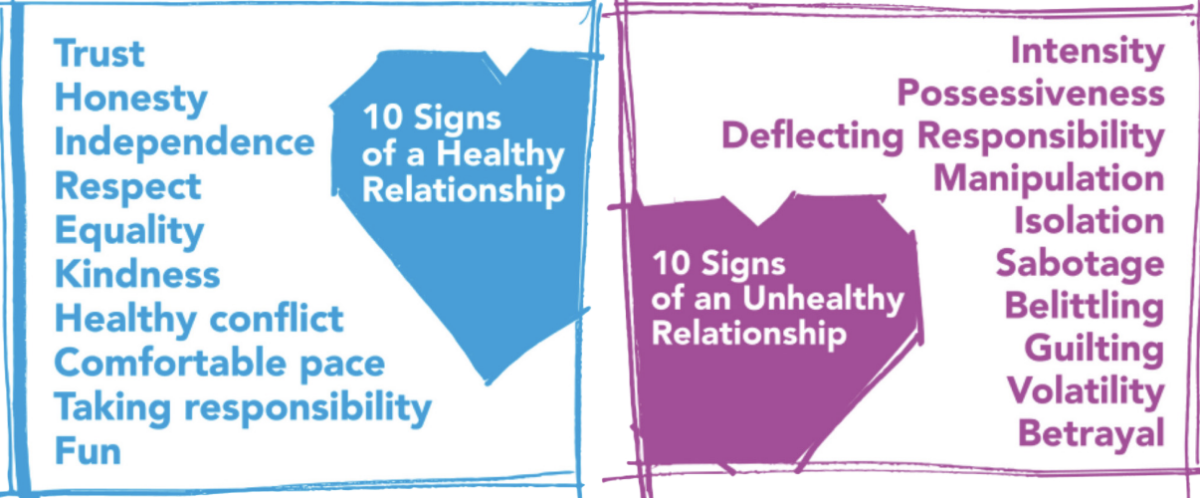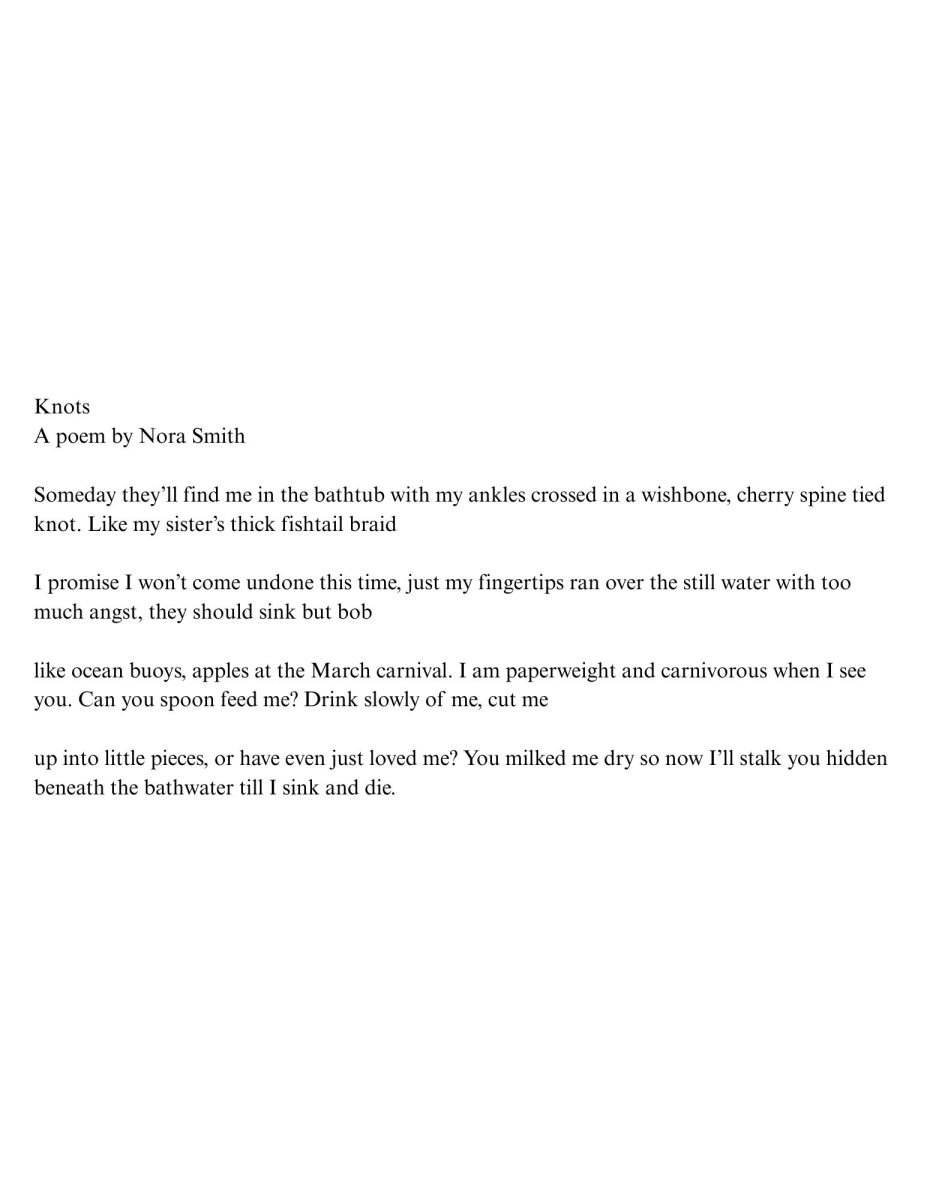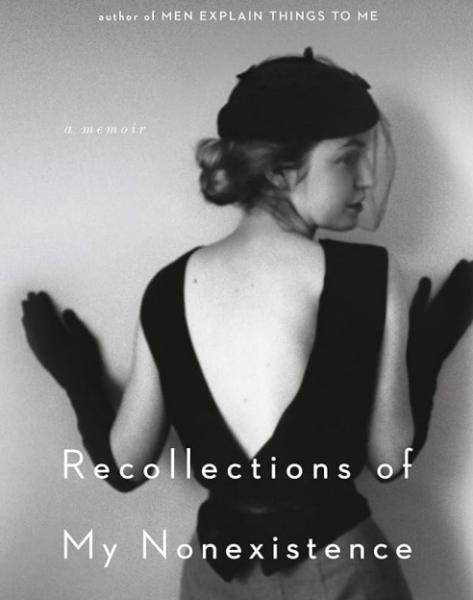Daylight saving time: Springing forward
The dreadful task of setting back and forth clocks for daylight saving time, especially for college students pulling all-nighters, awaits a decision from the House of Representatives after being passed unanimously in the Senate.
If you are like me, at least twice throughout the year, you have heard the phrase: “Spring forward, fall backwards.” A catchy saying that helps to remember exactly when and what to do during daylight saving time. However, if you are also like me, you may not fully understand what it means.
Daylight saving time usually starts on the second Sunday of March at 2 a.m. when we set our clocks forward one hour, and during the first Sunday of November, we set our clocks back an hour. Something that only requires a little manual labor when changing the clocks on our stove tops or the dashboard of our cars. Compared to the little to no effort when most of our phones, computers and TV screens do it for us.
A simple change in time may seem like no big deal. However, from my own personal experience, time makes a huge difference. Especially if we are talking about how long we get to sleep.
During this time of year, we lose an hour of sleep. Whereas in the winter months, we gain an hour. I’d assume a college student prefers an extra hour to stay up later or get to catch up on sleep, so winter is a friendly approach to us.
A trade-off isn’t so bad to have. It just looks like I will have to hope to get in bed a little earlier this month.








